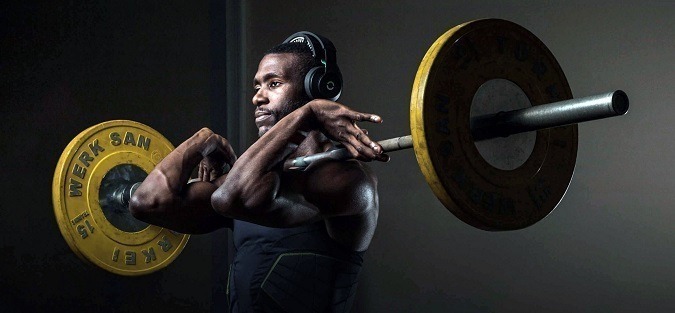Debate: In the field of neurostimulation, what comes first, Published Research or Patents?
 The Brain-Zapping Olympians (The Ringer):
The Brain-Zapping Olympians (The Ringer):
“Gaining jacked-up physical powers from frontal-lobe-electrifying headgear sounds like a half-baked superhero origin story. It’s also a premise that athletes are buying as reality. NBA players and Olympians are wearing a brain-stimulation device called Halo Sport in an attempt to transform into champions.
The $649 Halo Sport is sold by a San Francisco startup called Halo Neuroscience…its primary purpose is to electrically trigger the brain using a method called transcranial direct-current stimulation, or tDCS. The science is knotty, but Halo’s sales pitch is fairly simple: Electric pulses emitted from the headset will jolt the brain’s motor cortex, boosting athletic performance. Without any additional physical effort, and just by adding fancy headgear to their training regimen (they can also be worn while at rest), an athlete can biohack their way to victory.
Halo claims that this brain zapping will put your brain into a special state of “hyperplasticity.” The theory, according to the company’s website, is that the transcranial direct-current stimulation helps “build optimized neuronal circuity for athletic movement—similar to how proper nutrition makes training more productive for the body to build muscle.” In other words, it’s like a “preworkout for the brain,” using electricity instead of creatine dust.
It’s a bold claim—one that some neuroscientists believe is overblown…
UCLA clinical psychology professor Robert M. Bilder directs the Tennenbaum Center for the Biology of Creativity, which researches innovations in cognitive enhancements. He wasn’t impressed with Halo’s research. “I did take a look at what they call their science on their website, and in support of their product they have three articles, none of which has been published in a peer-reviewed referee journal. It’s just internal documents describing the experiments that they’ve done,” he told me.
I asked Chao about the lack of peer-reviewed evidence supporting Halo’s claims. He didn’t seem surprised by the question. “Academics are really interested in us publishing something. As a for-profit company, that’s not our mandate,” he said. Chao said that Halo does intend to publish additional studies to aid scientific research, but that it isn’t his primary responsibility. “As the CEO of the company and also the chairman of the board, I have a fiduciary responsibility to build a business here. Patents come before publications.” (Note: bolded by editor)
Something that’s mildly comforting about the new field of brain stimulation is that its known side effects are generally far less scary than your average prescription drug warning. Even a 2014 study urging researchers to be highly cautious when introducing brain stimulation to children noted that its mild side effects are simply “scalp tenderness, headache or dizziness,” and that the more serious risk of seizure is present but very low. Then again, that same study also emphasized that we don’t have much research on the long-term effects of tDCS.”
To learn more:
- The Brain-Zapping Olympians
- 10 neurotechnologies about to transform brain enhancement and brain health
- Trend: Consumers experiment with transcranial direct current stimulation (tDCS) with no regulatory oversight
- 20 Must-Know Facts to Harness Neuroplasticity and Improve Brain Health


